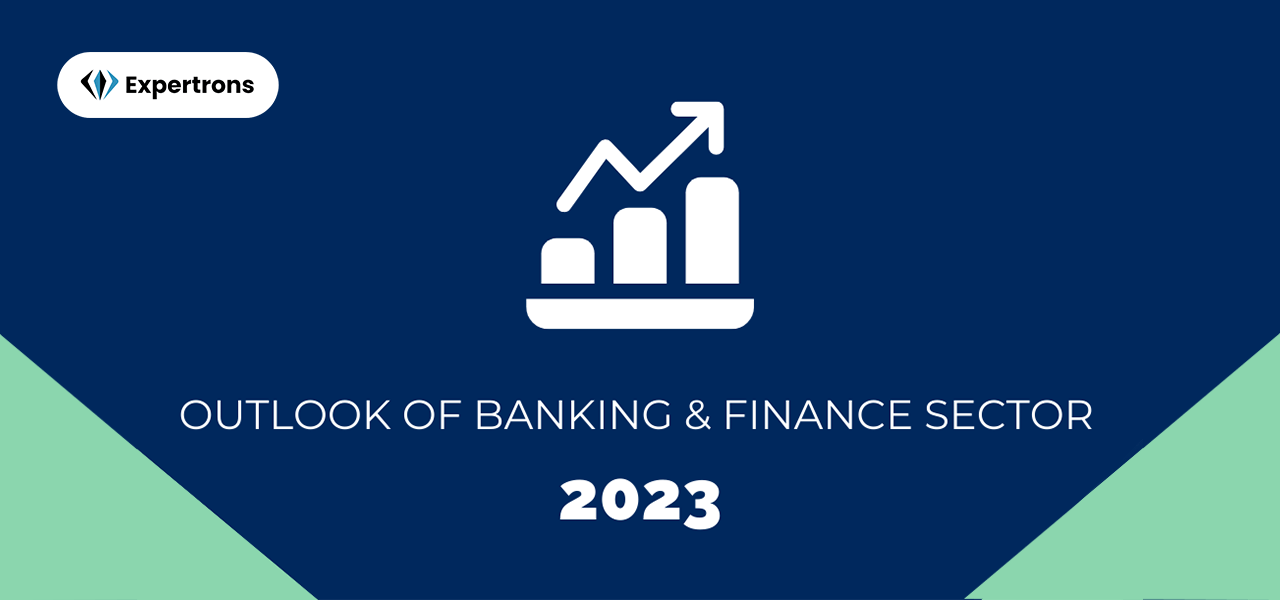Introduction
Indian banking is flourishing. There are many reasons for this, but the main reason is a demand for new and innovative financial products.
The Banking and Finance sector BFSI in India has witnessed phenomenal growth in the last decade. Numerous financial institutions coming up, followed by a major share of banks in Indian stock exchanges.
The rollout of UPI (Unified Payment Interface) has significantly enhanced India’s digital payments ecosystem. It has played a major role in making India one of the biggest markets globally for digital payments.
Do you know?
“Compared to the world’s developed nations, 40% of the world’s total digital transactions happen in India.”
In recent years, innovative banking models like payments and small finance banks have also been witnessed.
A few years ago, the Pradhan Mantri Jan Dhan Yojna was launched to create an atmosphere of financial inclusion and further fuel the country’s credit cycle.
Market Size of Banking & Finance Sector
- The Indian banking system consists of 12 public sector banks, 22 private sector banks and 46 foreign banks.
- As of September 2021, the total number of ATMs in India reached 213,145, of which 47.5% are in rural and semi-urban areas.
- In 2020-2022, bank assets increased across sectors in addition to rural cooperative banks, which are more closely linked to agriculture than their urban counterparts.
- As of 2022, total assets across two sectors increased to US$ 2.67 trillion.
Also read: 7 Ways To Write Career Objective For Finance Fresher
Developments in the Banking & Finance Sector
Digital Transformation:
The sector is rapidly embracing digital technologies to enhance customer experiences and operational efficiency. Mobile banking apps, online platforms, and digital payment solutions are becoming integral to daily transactions.
Fintech Innovation:
Fintech startups are introducing innovative solutions, including peer-to-peer lending, robo-advisory services, blockchain applications, and AI-powered chatbots for customer support.
Blockchain and Cryptocurrencies:
Blockchain technology is revolutionizing areas like cross-border payments, trade finance, and identity verification. Cryptocurrencies like Bitcoin and Ethereum are gaining acceptance as alternative investment options.
Open Banking:
Regulatory changes are promoting open banking, enabling customers to securely share financial data between different institutions. This fosters competition, innovation, and personalized services.
Regulatory Reforms:
Stringent regulations are being implemented to enhance transparency, prevent financial crimes, and ensure consumer protection. GDPR and AML regulations are impacting how financial institutions manage data and conduct due diligence.
Sustainable Finance:
Environmental, Social, and Governance (ESG) considerations are influencing investment decisions. Green bonds, responsible investing, and sustainability reporting are gaining prominence.
Artificial Intelligence:
AI and machine learning are being used for credit scoring, fraud detection, risk assessment, and customer service. These technologies streamline processes and improve decision-making.
Cybersecurity Focus:
With increased digitalization comes the need for robust cybersecurity measures to protect sensitive financial data and prevent cyber threats.
Remote Work and Virtual Services:
The pandemic has accelerated the adoption of remote work and virtual services in the financial sector. Video banking, remote account opening, and virtual consultations are becoming more prevalent.
Financial Inclusion:
Efforts are being made to expand access to financial services for underserved populations through mobile banking and digital wallets, especially in developing countries.
Shift in Customer Expectations:
Customers expect personalized experiences, real-time access to information, and seamless cross-channel interactions. Institutions need to adapt to these changing expectations.
Data Analytics:
Big data and analytics are being used to gain insights into customer behaviors, optimize operations, and develop targeted marketing strategies.
Scope of a Career in the Banking & Finance Sector
The shift towards online banking has sent jitters down some future banking professionals.
With automation slated to be a reality soon, one wonders whether jobs in the banking sector will eventually dry up.
However, the shift to back table jobs like KPOs, investment banking and financial analysis has opened new opportunities in banking & finance after graduation.
To succeed, one must have the right combination of a diverse set of skills, including an understanding of mathematical formulas involved in solving complex problems which may arise as a result of working in this industry.
Key Takeaway
Expertrons Post Graduate Certification program is designed to equip you with industry skills to build your bank career quickly when you enter the job market in the BFSI sector, even if you are fresher.
Frequently Asked Questions
The banking and finance sector provides essential services that facilitate economic growth in several ways:
- Capital Allocation: Banks and financial institutions mobilize savings from individuals and businesses and allocate them to productive investments, fostering economic development and entrepreneurship.
- Credit Provision: Banks provide loans and credit facilities to individuals and businesses, allowing them to invest, expand, and create employment opportunities.
- Facilitating Trade and Commerce: Financial institutions offer trade finance services, such as letters of credit and export financing, enabling international trade and commerce.
- Risk Management: Banks and insurance companies help individuals and businesses mitigate risks through products like insurance, derivatives, and risk management services, creating a stable business environment.
The banking and finance sector serves individuals and households in various ways:
- Savings and Deposits: Banks provide a safe place for individuals to save money, earn interest, and access their funds when needed.
- Payment Services: Financial institutions offer convenient payment methods like debit cards, credit cards, and mobile banking, making transactions and purchases more accessible and secure.
- Mortgage and Housing Finance: Banks provide loans for home purchases, enabling individuals and families to achieve homeownership.
- Retirement Planning: The banking and finance sector offers retirement planning services, including pension plans and individual retirement accounts (IRAs), helping individuals save and invest for their future.
The banking and finance sector plays a vital role in supporting businesses:
- Financing and Capital: Banks provide businesses with working capital loans, term loans, and lines of credit to meet their financial needs for expansion, equipment purchases, research and development, and other operational expenses.
- Investment Banking Services: Investment banks assist businesses in raising capital through initial public offerings (IPOs), debt issuances, and mergers and acquisitions (M&A), enabling companies to grow and expand their operations.
- Cash Management: Financial institutions offer cash management services to businesses, helping them optimize cash flows, manage liquidity, and streamline financial operations.
- Trade Finance: Banks facilitate international trade by providing trade financing solutions, such as letters of credit, export financing, and trade guarantees, which mitigate the risks associated with cross-border transactions.
The banking and finance sector contributes to financial stability through various mechanisms:
- Risk Management: Banks and financial institutions play a critical role in assessing and managing risks associated with lending, investment, and market activities. This helps prevent excessive risk-taking and promotes stability within the financial system.
- Regulatory Framework: Regulatory bodies establish and enforce rules and regulations to ensure the soundness and stability of the banking and finance sector. These regulations aim to protect consumers, maintain market integrity, and prevent systemic risks.
- Crisis Management: During financial crises or economic downturns, central banks and regulatory authorities take measures to stabilize the banking system, prevent bank failures, and ensure the continuity of financial services.
- Economic Stability: The banking and finance sector’s efficient functioning supports overall economic stability by facilitating lending, investment, and liquidity management, which are vital for economic growth and resilience.











